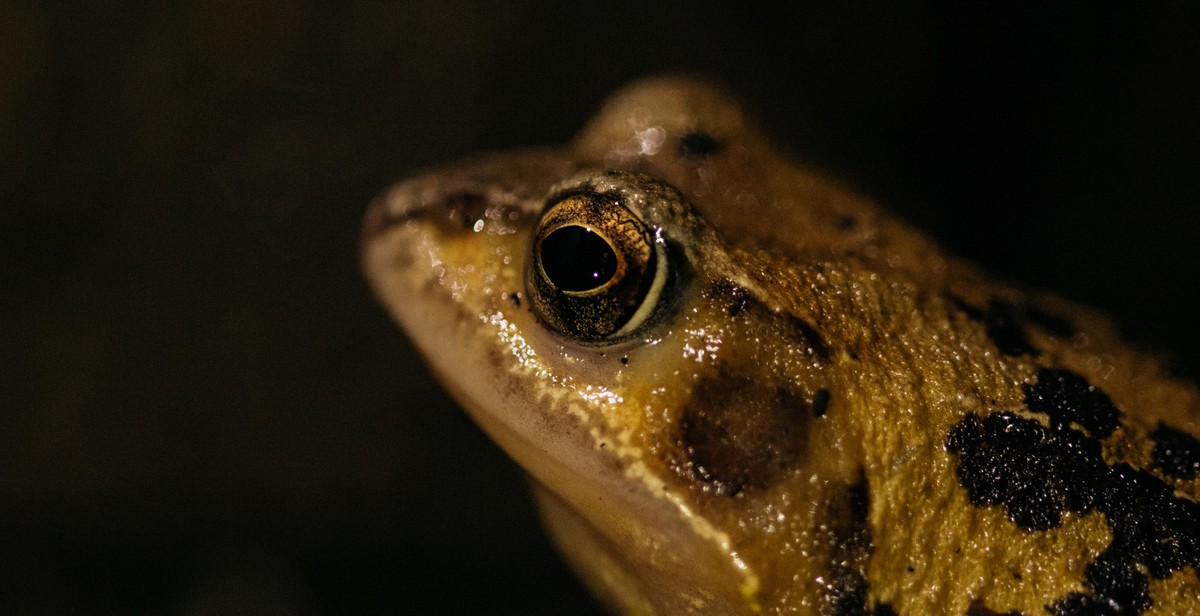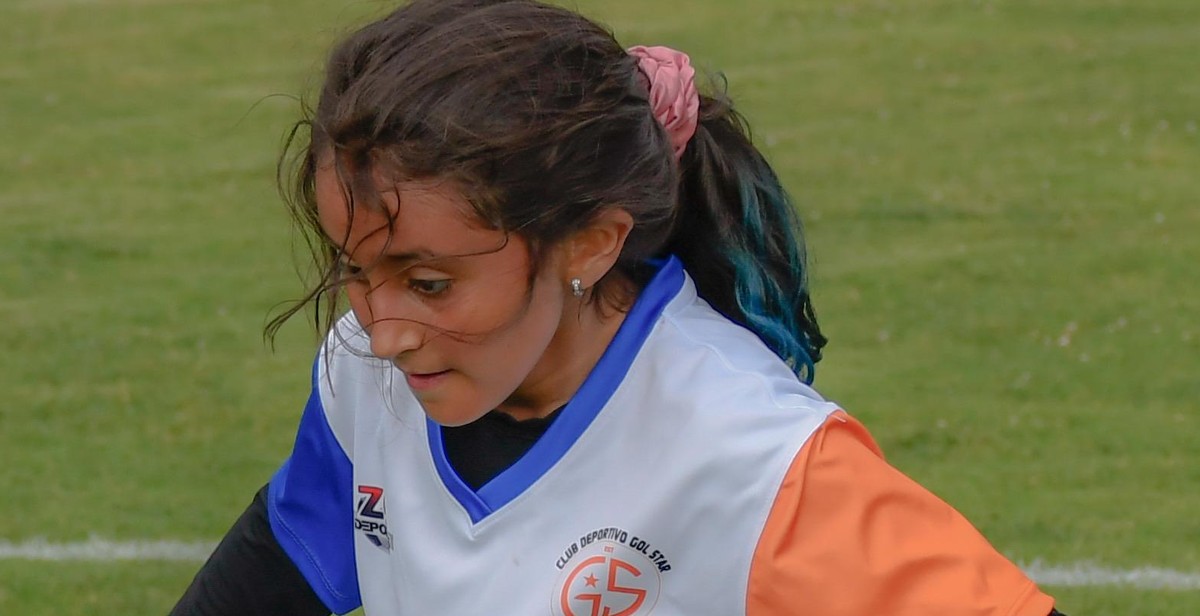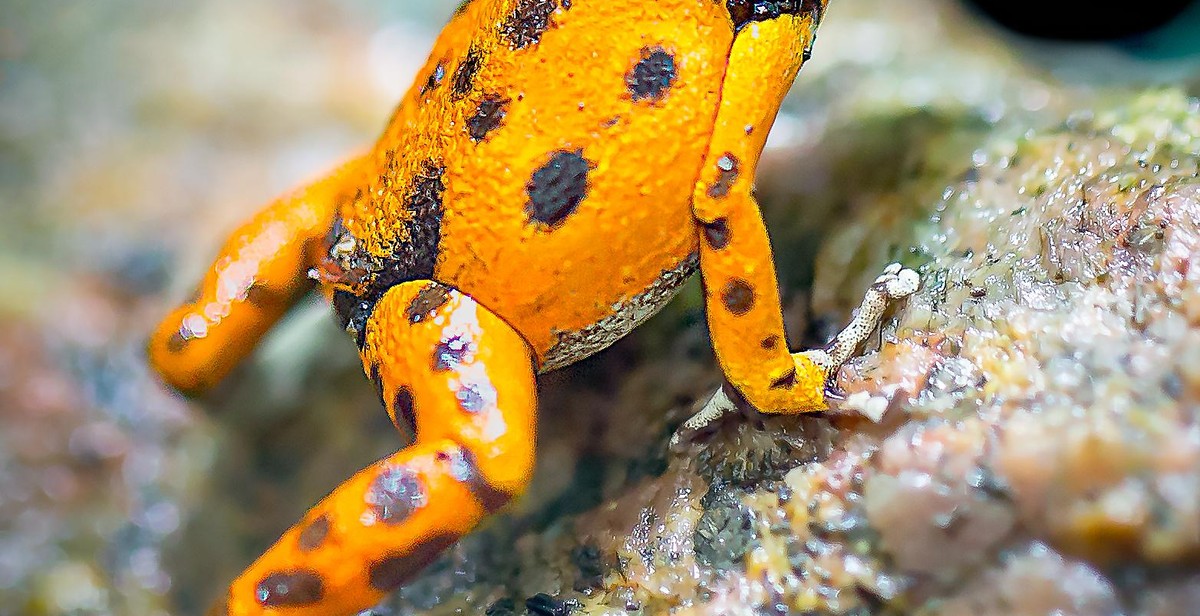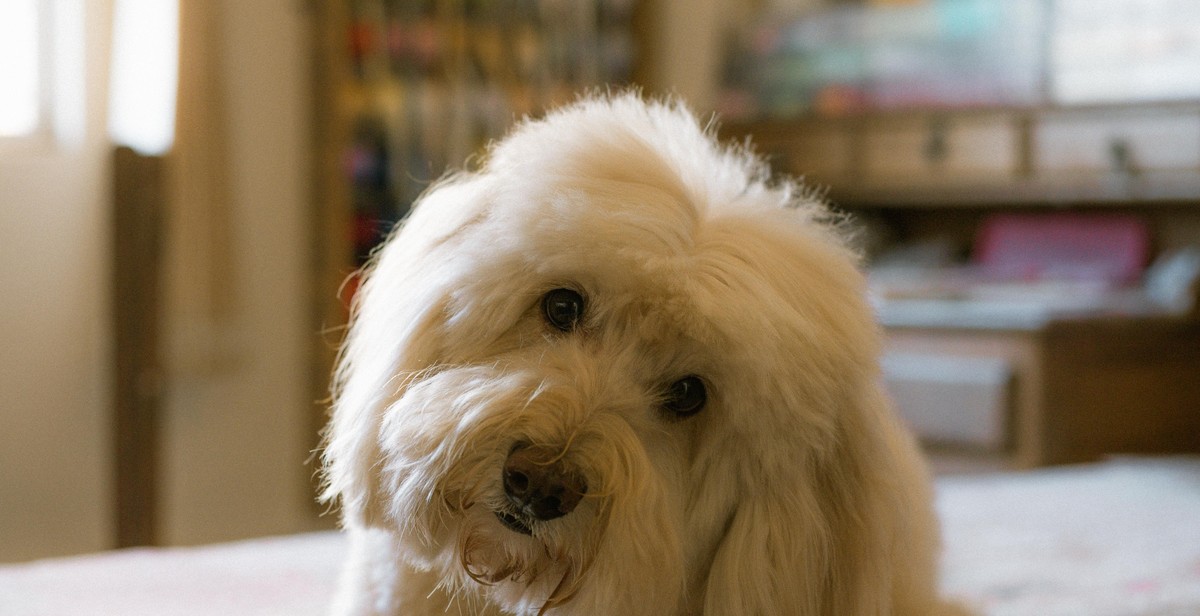How to Train a Frog: Teaching Tricks and Behaviors to Pet Frogs
Pet frogs can be fascinating and entertaining companions, but many people don’t realize that they can also be trained to do tricks and exhibit certain behaviors. Training a frog can be a fun and rewarding experience for both you and your amphibian friend, but it requires patience, consistency, and a good understanding of frog behavior.
Why Train Your Frog?
Training your frog can provide mental stimulation and enrichment, which can improve their overall health and well-being. It can also make interacting with your frog more enjoyable and interesting, as you can teach them to do things like come when called, jump through hoops, or even play dead.
How to Train Your Frog
The key to training a frog is to use positive reinforcement techniques, such as rewarding your frog with treats or praise when they exhibit the desired behavior. It’s important to start with simple behaviors and gradually work your way up to more complex tricks.
- Choose a specific behavior to train your frog
- Use a clicker or verbal cue to signal the desired behavior
- Reward your frog with a treat or praise when they exhibit the behavior
- Repeat the training process regularly until the behavior is learned
Common Behaviors to Train Your Frog
There are many different behaviors and tricks you can teach your frog, including:
- Coming when called
- Jumping over obstacles
- Playing dead
- Targeting objects with their tongue
- Recognizing colors or shapes
With patience and consistency, you can train your pet frog to do all sorts of interesting and entertaining things. So why not give it a try?

Understanding Frog Behavior
Before attempting to train a frog, it’s essential to understand their behavior. Frogs are ectothermic creatures, which means their body temperature is regulated by their environment. As a result, their activity level, feeding, and behavior are highly dependent on their habitat and environment.
Types of Frogs as Pets
There are several types of pet frogs, each with unique characteristics and behavior. Some of the most popular pet frogs include:
- Pacman Frog: Known for their large size and round shape, Pacman frogs are relatively easy to care for and can live up to 10 years.
- Red-Eyed Tree Frog: Recognizable by their bright red eyes and vibrant green color, these frogs are arboreal and require a tall, planted terrarium.
- Dart Frog: These small, brightly colored frogs are highly toxic and not recommended for beginners. They require a specific diet and environment to thrive.
- White’s Tree Frog: Also known as the dumpy frog, these large, docile frogs are easy to care for and can live up to 20 years.
Habitat and Environment
The habitat and environment of a pet frog are critical to their overall health and behavior. A suitable habitat should mimic their natural environment, including temperature, humidity, and lighting.
Most pet frogs require a terrarium with a lid to maintain humidity levels. The size of the terrarium should be appropriate for the species and allow for ample space to move around. The substrate should be non-toxic and easy to clean, such as coconut fiber or sphagnum moss.
Lighting is also crucial for pet frogs, as it regulates their circadian rhythm. Most species require a 12-hour light and 12-hour dark cycle. UVB lighting is also essential for some species, as it aids in calcium absorption and prevents metabolic bone disease.
Overall, understanding the behavior of pet frogs and providing a suitable habitat and environment is vital for their health and well-being. By doing so, you can create a happy and healthy environment for your pet frog to thrive in.

Training Techniques
Training a pet frog can be a fun and rewarding experience for both the frog and the owner. Positive reinforcement, clicker training, and target training are effective techniques that can be used to teach tricks and behaviors to pet frogs.
Positive Reinforcement
Positive reinforcement is a training technique where desirable behaviors are rewarded with a treat or praise. This technique is effective because it encourages the frog to repeat the behavior that earned the reward.
When using positive reinforcement to train a frog, it is important to use small pieces of food as a reward. Frogs have small appetites, and too much food can lead to obesity and health problems. Treats like small insects or worms can be used as a reward.
Clicker Training
Clicker training is a training technique that uses a clicker to mark desired behaviors. The clicker is a small device that makes a clicking sound when pressed. The sound of the clicker becomes associated with the reward, and the frog learns to repeat the behavior that earned the click.
When using clicker training to train a frog, it is important to start with simple behaviors, like hopping onto a platform. Click the clicker when the frog completes the behavior, and reward it with a treat. As the frog becomes more comfortable with the clicker, more complex behaviors can be taught.
Target Training
Target training is a training technique where the frog is trained to touch a target with its nose or foot. This technique is useful for teaching the frog to move in a specific direction or to perform a specific behavior.
When using target training to train a frog, it is important to start with a small target, like a pen cap. Hold the target in front of the frog and reward it when it touches the target with its nose or foot. Gradually move the target further away and reward the frog for moving towards the target.
| Technique | Advantages | Disadvantages |
|---|---|---|
| Positive Reinforcement | Easy to use, effective, and encourages the frog to repeat the behavior | Requires small treats to avoid overfeeding the frog |
| Clicker Training | Effective for teaching complex behaviors, and the clicker sound becomes associated with the reward | May take time for the frog to become comfortable with the clicker |
| Target Training | Useful for teaching the frog to move in a specific direction or to perform a specific behavior | May take time for the frog to learn to touch the target |

Teaching Tricks and Behaviors
Training a pet frog to perform tricks and behaviors can be a fun and rewarding experience. Here are some tips for teaching your frog to jump on command, play dead, and walk on a leash.
Jumping on Command
Teaching your frog to jump on command can be a great way to show off their agility and impress your friends. One way to achieve this is through positive reinforcement. Start by placing a treat in front of your frog and encouraging them to hop towards it. Once they start hopping consistently, add a verbal cue such as “jump” or “leap”. Gradually increase the distance between the treat and the frog, and reward them each time they successfully jump on command.
Playing Dead
Playing dead is another fun trick that can be taught through positive reinforcement. Start by gently holding your frog on its back and offering a treat. When your frog lies still, reward them with the treat. Repeat this process several times until your frog associates lying still with receiving a treat. Then, add a verbal cue such as “play dead” and reward your frog each time they successfully perform the behavior.
Walking on a Leash
Walking your frog on a leash can be a great way to give them exercise and explore the outdoors. To start, choose a lightweight harness that fits snugly around your frog’s body. Allow your frog to get used to wearing the harness before attaching the leash. Start by walking your frog indoors in a safe and enclosed space, and gradually increase the length and difficulty of your walks. Always supervise your frog while they are on a leash and never force them to do anything they are uncomfortable with.
| Tip | Description |
|---|---|
| Be Patient | Training your frog may take time and patience. Don’t get discouraged if they don’t learn a trick right away. |
| Use Positive Reinforcement | Reward your frog with treats and praise when they perform a desired behavior. |
| Keep Sessions Short | Frogs have short attention spans, so keep training sessions brief and frequent. |

Conclusion
Training a pet frog can be an enjoyable and rewarding experience for both the owner and the frog. By using positive reinforcement techniques and creating a consistent training schedule, you can teach your frog a variety of tricks and behaviors that will impress your friends and family.
Tips for Successful Frog Training
- Start with simple behaviors and gradually increase the difficulty level
- Use high-value rewards such as insects or worms to motivate your frog
- Be patient and consistent with your training sessions
- Observe your frog’s body language and adjust your training approach accordingly
- Provide a comfortable and stimulating environment for your frog to live in
Final Thoughts
Training a frog may seem like a daunting task, but with the right approach and dedication, you can achieve great results. Remember to always prioritize your frog’s health and well-being, and have fun exploring the unique abilities and behaviors of these fascinating amphibians.
| Keyword 1 | Keyword 2 | Keyword 3 |
|---|---|---|
| Frog training | Pet frogs | Positive reinforcement |
| Teaching tricks | Behavior modification | Amphibian care |
